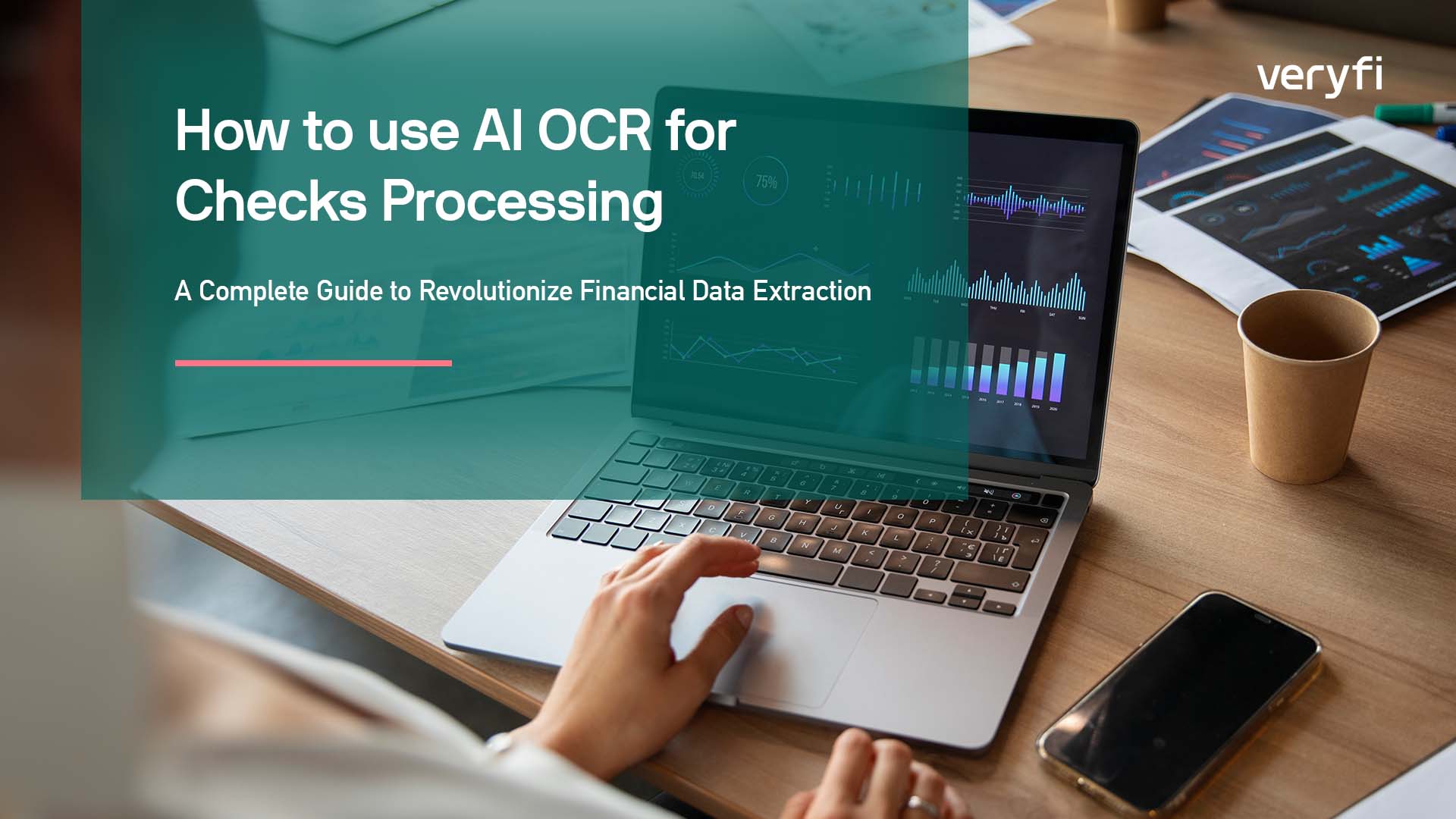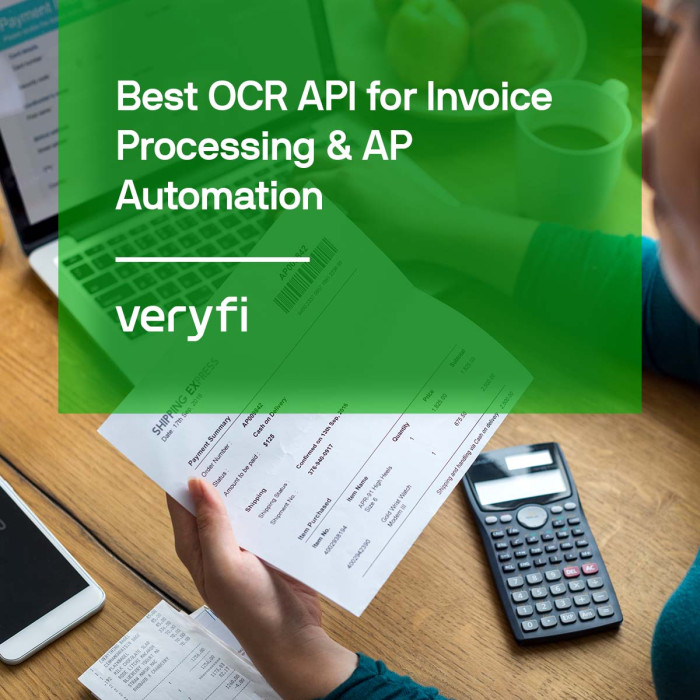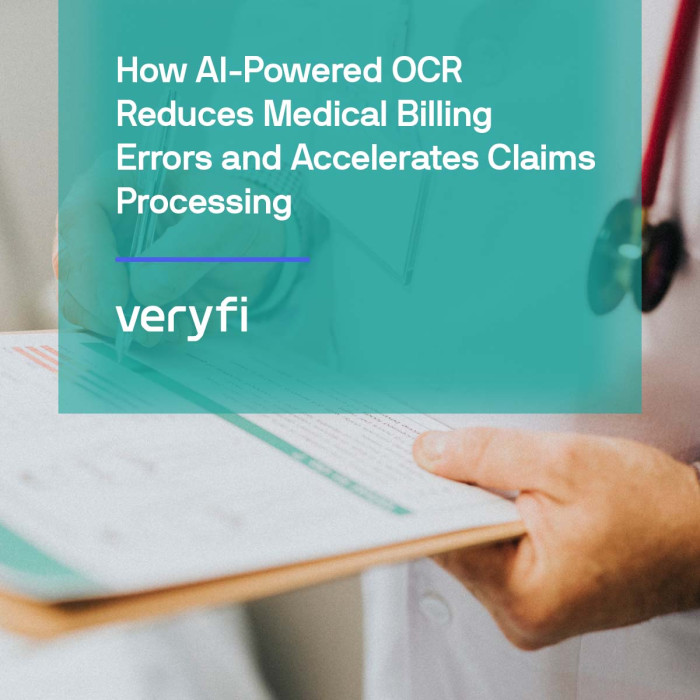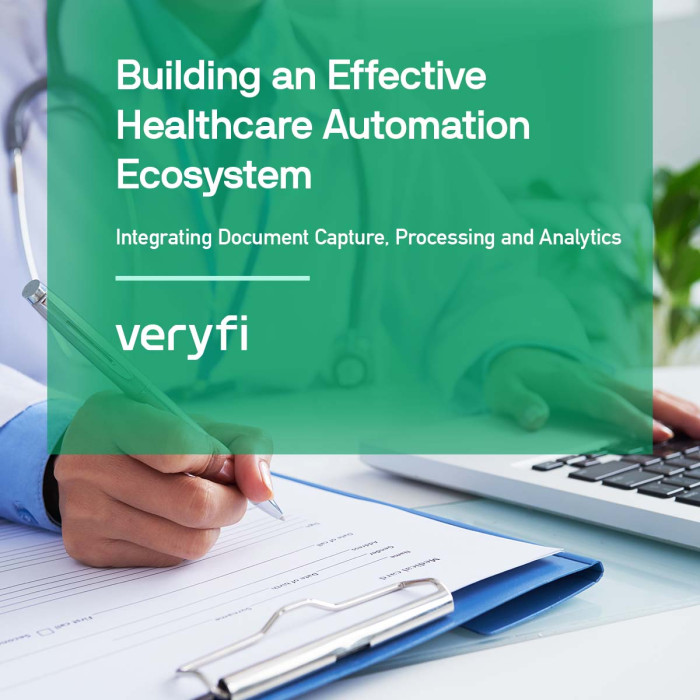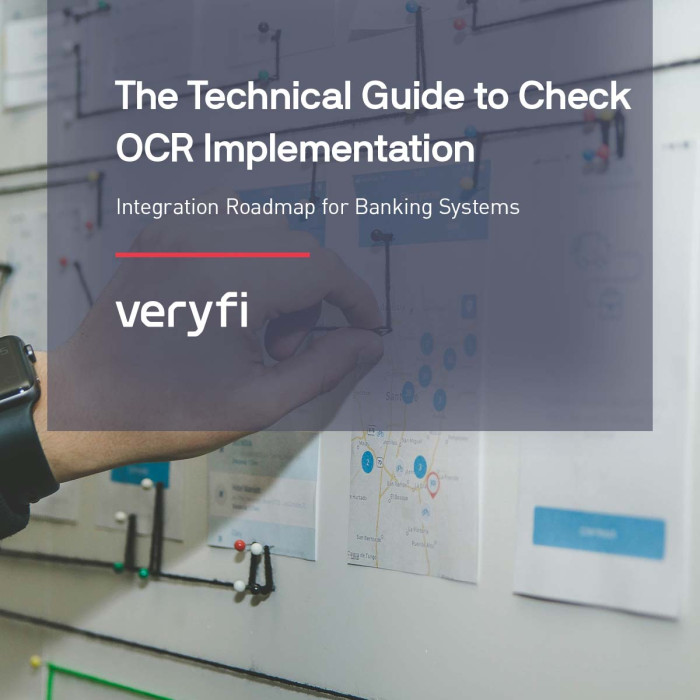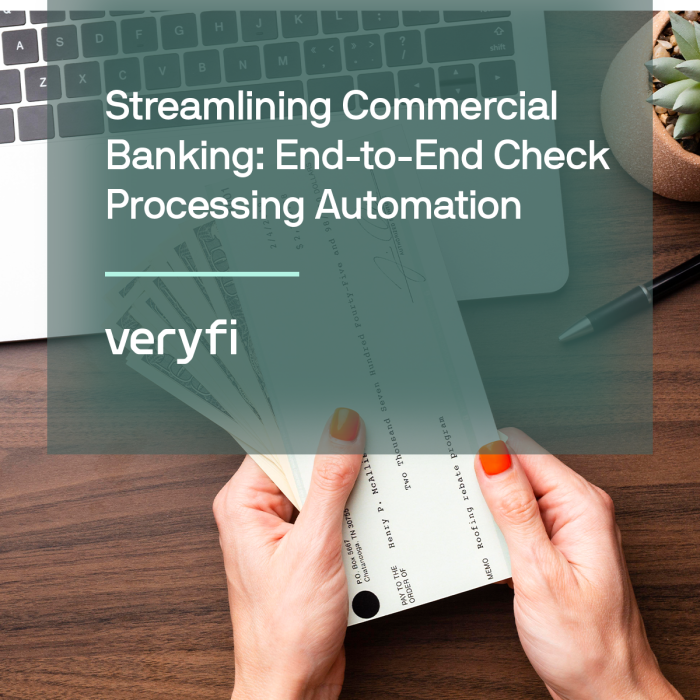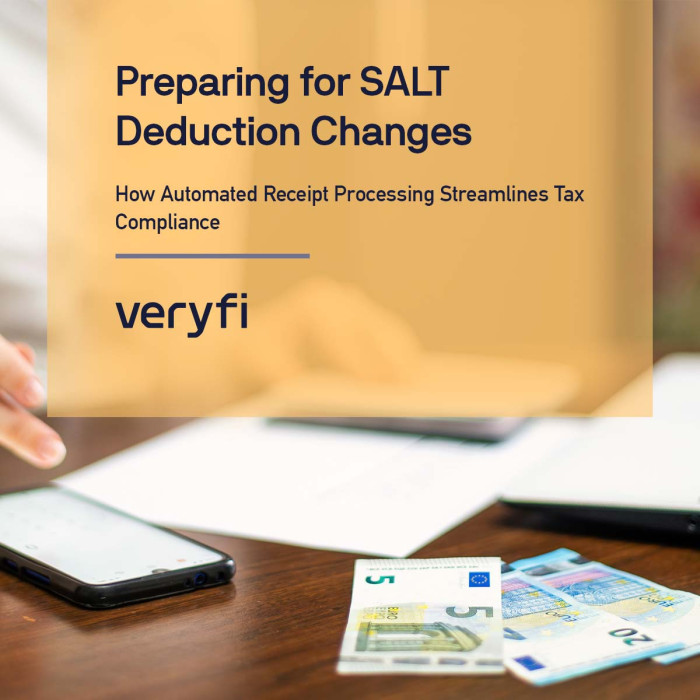In today’s digital-first financial landscape, businesses are grappling with an overwhelming volume of paper checks. Despite the rise of electronic payments, the Federal Reserve reports that in 2022, over 14 billion checks were processed in the United States alone, representing a significant portion of financial transactions.
For businesses processing thousands of checks daily—from banks to insurance companies and retail giants—check processing presents both a challenge and an unprecedented opportunity for automation.
Traditional manual check processing, which can consume up to 15-20 minutes per check, is no longer viable. It often leads to errors, delays, and missed insights, making check management a logistical nightmare and a drain on resources.
In this article, we’ll explore the transformative applications of Veryfi’s Bank Checks AI OCR (Optical Character Recognition) for check processing. We’ll guide you through setting up an efficient AI-powered check processing system and share best practices to turn this data-intensive task into a strategic asset for your organization.
What is AI OCR check processing?
In simple words, electronic check processing involves the withdrawal of money from a bank account. AI OCR check processing is the use of advanced artificial intelligence and machine learning algorithms to automatically extract, analyze, and process data from physical or digital check images. This technology goes beyond traditional OCR by incorporating:
- Intelligent character recognition for handwritten text on checks
- MICR (Magnetic Ink Character Recognition) data extraction for routing and account numbers
- Automated fraud detection using deep learning models for check image analysis
AI OCR check processing enables businesses to handle high volumes of checks with unprecedented speed and accuracy, significantly reducing manual input and human error.
Steps in AI OCR check processing
Let’s explore the key steps involved in AI OCR check processing and best practices for each stage:
1. Check image capture and preprocessing
The first step involves capturing high-quality images of checks, either through mobile check deposit apps or high-speed check scanners. AI-powered preprocessing techniques enhance image quality for optimal OCR performance.
💡 Best practices:
- Implement AI-driven image enhancement algorithms, like Veryfi Lens, which can handle check capture through Remote Deposit Capture, to correct skew, remove noise, and adjust contrast.
- Use machine learning models to detect and flag low-quality images for re-capture, ensuring high OCR accuracy.
2. MICR line extraction and verification
The MICR line contains critical routing and account information. AI OCR systems are trained to accurately read and extract this data, even from checks with non-standard MICR fonts or slight printing variations.
💡 Best practices:
- Employ deep learning models specifically trained on diverse MICR datasets for robust recognition.
- Implement real-time MICR data validation against bank databases to catch potential errors or fraudulent checks.
3. Amount recognition and verification
Accurate recognition of the check amount is crucial. Advanced AI models extract and cross-verify the numerical and written amounts on checks.
💡 Best practices:
- Develop custom models trained on domain-specific number formats and currencies.
- Implement detection algorithms to flag discrepancies between written and numerical amounts for human review.
4. Signature verification and fraud detection
Advanced fraud detection algorithms analyze various aspects of the check to identify potentially fraudulent items, comparing the signature on the check against known samples to detect potential forgeries.
💡 Best practices:
- Implement ensemble models combining image analysis, transaction pattern recognition, and anomaly detection for comprehensive fraud screening.
- Regularly update fraud detection models with new patterns and techniques to stay ahead of evolving fraud tactics.
5. Data integration and workflow automation
The final step involves integrating the extracted and verified check data with existing financial systems and automating subsequent workflows.
💡 Best practices:
- Develop robust APIs for real-time data exchange between the AI OCR system and financial platforms.
- Implement intelligent workflow routing based on check characteristics, amount thresholds, or detected anomalies.
Best practices for AI OCR check processing
To ensure successful implementation of AI OCR check processing, consider these best practices:
- Data security and compliance:
- Implement end-to-end encryption for check data.
- Ensure compliance with financial regulations like Check 21 and FFIEC guidelines.
- Continuous model training:
- Regularly retrain AI models with new check samples to improve accuracy.
- Implement a feedback loop to incorporate corrections into the training process.
- Scalable infrastructure:
- Use cloud-based solutions for scalable processing power.
- Implement load balancing for high-volume check processing.
- Human-in-the-loop processes:
- Design workflows that combine AI efficiency with human expertise for complex cases.
- Provide intuitive interfaces for human review and correction.
- Audit trails and transparency:
- Maintain detailed logs of all AI decisions and data transformations.
- Implement explainable AI techniques to understand model decisions.
- Integration with existing workflows:
- Seamlessly integrate AI OCR check processing with existing financial processes.
- Provide training to staff to effectively work alongside AI systems.
By implementing these steps and best practices, businesses can harness the power of AI OCR to transform their check processing operations, achieving unprecedented levels of efficiency, accuracy, and insight.
Your journey to more intelligent, efficient, and insightful check processing begins now!
In this article, we’ve explored the tremendous advantages of leveraging AI OCR technology for efficient check processing. We’ve seen how this advanced approach streamlines financial operations, significantly reduces errors, and conserves valuable time and resources. Financial institutions can harness the power of intelligent technologies for check field interpretation and handle check data more effectively. This not only enhances customer satisfaction but also ensures robust regulatory compliance.
Are you ready to transform your check processing operations with cutting-edge AI OCR technology? Start your free trial today and watch a quick demo to discover how we can tailor an AI-powered check processing system to meet your specific needs.
